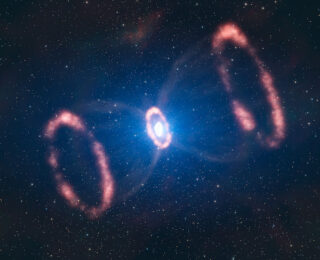
“Our plans are measured in centuries”: Using Gravitational Waves to predict how Supernovae Collapse
Read ahead to find out if the authors of today’s paper are the Bene Gesserit of our Universe!

Read ahead to find out if the authors of today’s paper are the Bene Gesserit of our Universe!
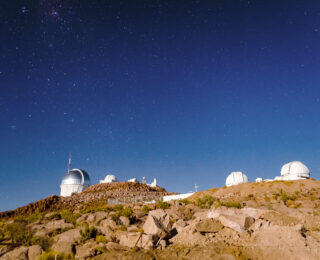
In today’s astrobite, we discuss the results of the cosmology analysis for the Dark Energy Survey, from it’s 5 year supernovae dataset.
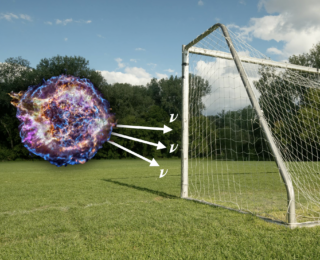
What do neutrinos and soccer games have in common? Check out today’s bite to see! Spoiler: starbursts lose the neutrino production game!
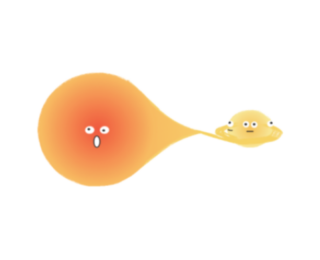
Stars of all masses can have their outer layers stripped away during interactions with a binary companion. Today’s bite reports the first-ever discovery of intermediate-mass stripped stars, which are thought to be the main progenitors of stripped-envelope supernovae!
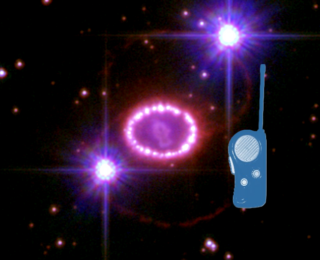
Today’s authors discuss the best method to search for joint neutrino and light emission from collapsing stars, by utilizing radio and X-ray observations.
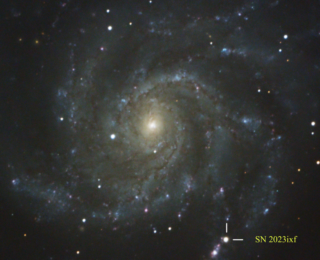
Today’s paper discusses the possibility of seeing neutrinos from the recent bright supernova in the Pinwheel Galaxy!